The Asian (Asiatic) golden cat is a medium-sized wild cat that inhabits Southeastern Asia.
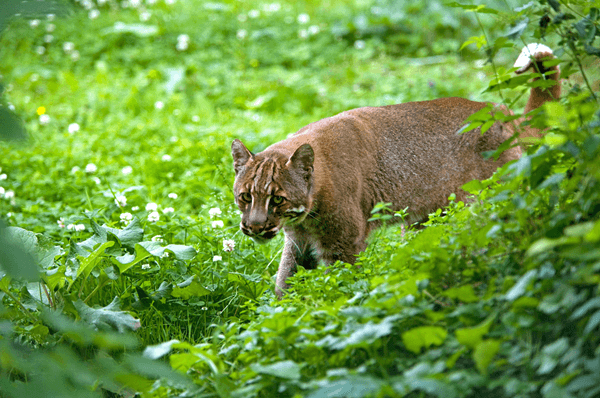
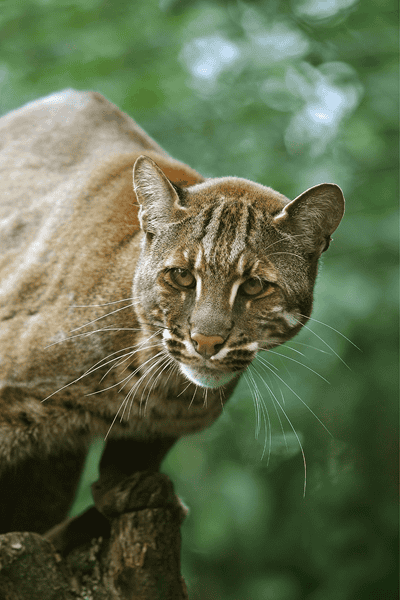
Scientific Name: Catopuma temminckii
Conservation Status: Near Threatened, population decreasing
Subspecies:
- C.t. temminckii (Sumatra and Malay Peninsula)
- C. t. moormensis (Nepal to southeast Asia)
Lineage: The Asian golden cat belongs to the Bay cat lineage, which includes two genus (Pardofelis, Catopuma) and two other species, the marbled cat and Borneo bay cat.
Interesting Asiatic golden cat facts
- They are related to the marbled and Borneo bay cat.
- The Asiatic golden cat, marbled cat, and bay cat separated from a common ancestor between 4 and 8 million years ago.
- The Asian golden cat and bay cat seperated frome ach other between .03 and 6.4 million years ago.
- Also known as “fire cats”.
- Mostly lives in forested areas.
- Its scientific name was first used in 1827.
- Can climb trees when it is necessary.
More about the Asiatic golden cat
It is named after zoologist Coenraad Jacob Temminck, who, in the 1800s, was the director of the National Natural History Museum in Leiden (The Netherlands).
Physical appearance
Asian golden cats, known in Thailand and Burma as the “fire cat” and in parts of China as the “rock cat,” are medium-sized with a stocky build. They are the second largest group of Asiatic felines. The cat’s body is 26 to 41 inches in length, and their tail is 16 to 22 inches long. Asian golden cats can weigh up to 35 lbs. In a 2005 Thailand field study, a captured male cat weighed 29.7 lbs. A female cat weighed 17.4 lbs. The Asiatic golden cat is heavier than the African golden cat, with a longer tail.
The cat’s fur varies in color from light cinnamon to shades of brown, gray, and black (melanistic). The most common color is gold-red. Some cats have spotted and striped markings, similar in appearance to an ocelot. Stripes are also found on the cat’s cheeks and head – white and black lines. The ears of the Asian golden cat are black on the outside and grey on the inside. The underside of the cat is usually white. The cat’s eyes vary in color from green to amber.
Behavior
Asian golden cat vocalizations include spitting, hissing, meowing, purring, growling and gurgling.
Location and habitat
The Asian golden cat can be found in regions such as Bhutan, India, Bangladesh, Myanmar, Thailand, Tibet, Nepal, Cambodia, Vietnam and Laos. Asian golden cats establish their territories primarily in forests, including tropical and subtropical rainforests, and occasionally grasslands and rocky areas. The cat inhabits elevations from approximately 3,600 feet to over 11,500 feet above sea level.
Hunting and prey (diet)
The Asian golden cat leads a solitary life, hunting rodents, reptiles, birds, smaller mammals (young water buffalo and sambar deer), and domestic livestock (goats, sheep, and poultry). The cat was once considered nocturnal, but camera traps have recorded it active during the daytime.
Reproduction
The gestation period for females is 75 to 80 days. The females reach sexual maturity after 1 ½ to 2 years. A mother’s litter typically consists of one to three kittens.
Conservation
Like many other wild cats, Asiatic golden cat populations are threatened by habitat loss. The forests where they live are being cleared for farming, logging, and human settlements, which is reducing their habitat.
Other important conservation issues include:
- Poaching and Illegal Trade: They are hunted for their fur, bones, and body parts, which are used in traditional medicine or sold illegally.
- Human-Wildlife Conflict: As their habitat shrinks, they may wander into villages, where they are sometimes killed for attacking livestock.
- Low Population and Limited Range: Their numbers are small, and they live in specific areas, making them more vulnerable to extinction.
- Lack of Awareness and Data: Not enough is known about their behavior or population, which makes it harder to create effective conservation plans.
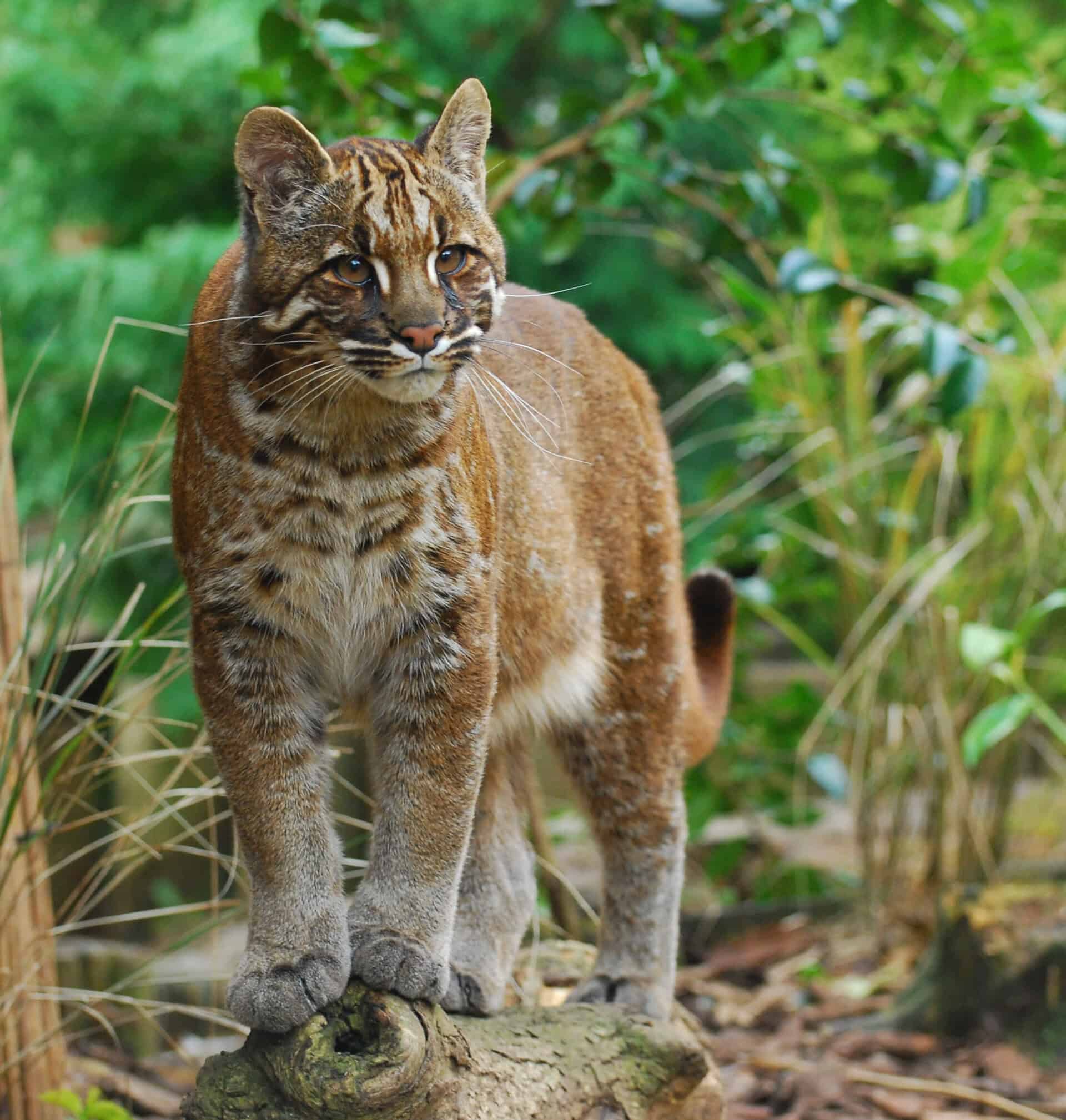
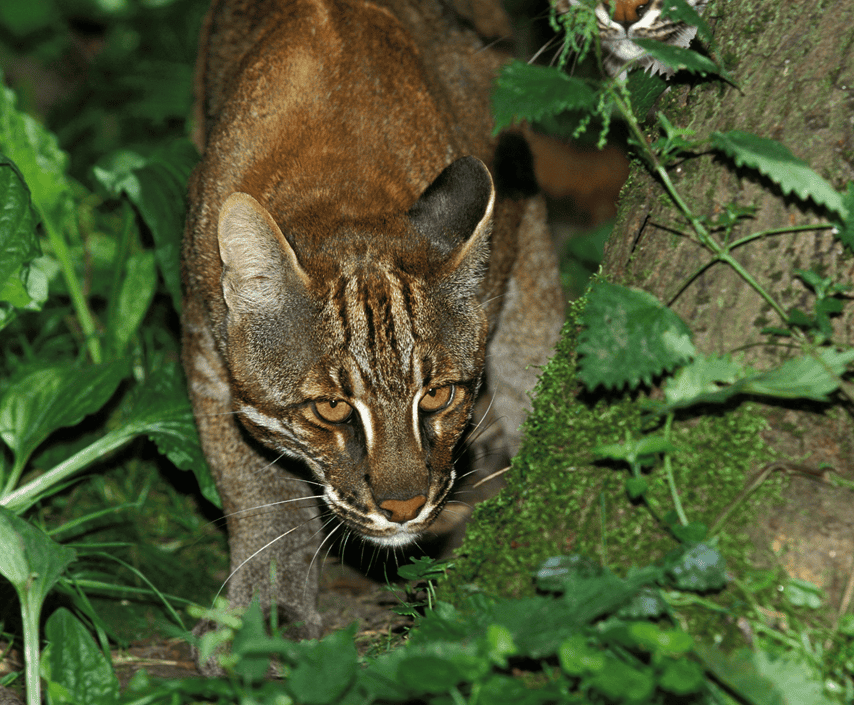
Asiatic Golden Cat Research Quotes
“Of the 12 wild felid species found in China, Asiatic golden cat (Catopuma Temmincii is one of the least studied…we identified six coat morphs and determined their occurrence percentages: common golden (47.4%), spotted (20.9%), red (13.6%), dark cinnamon (10.1%), melanistic (7.0%), and gray (1.0%).” – 2023 Distribution of the Asiatic golden cat ( Catopuma temminckii ) and variations in its coat morphology in China.

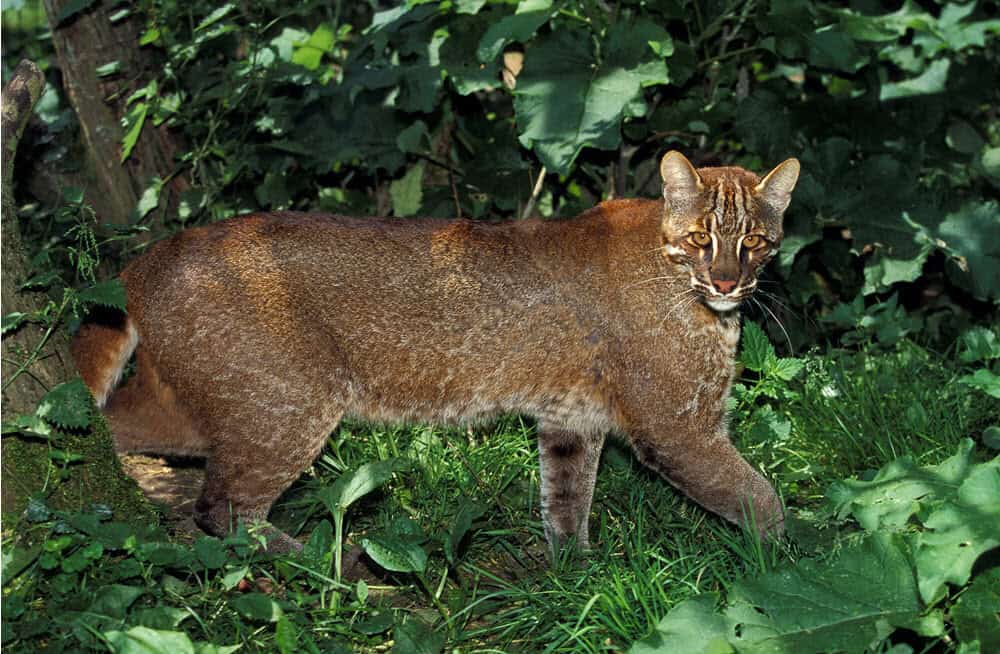
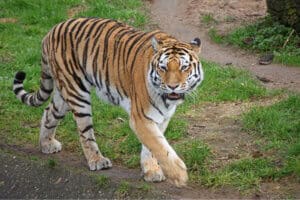

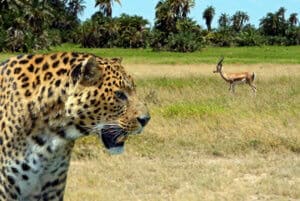



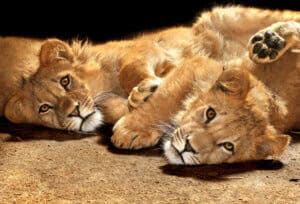
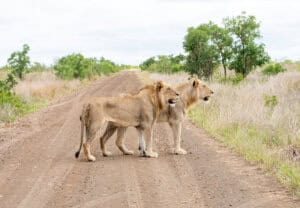
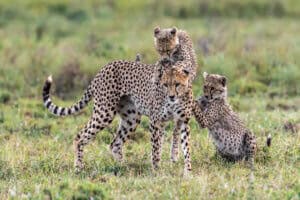


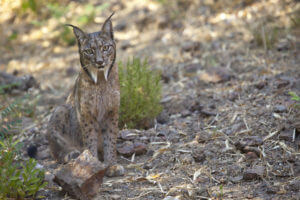




0 Comments